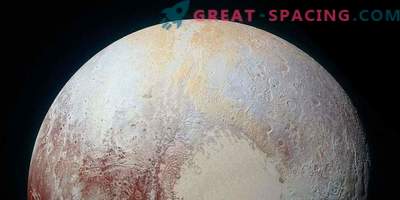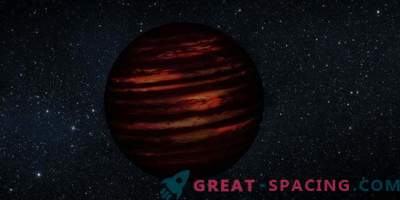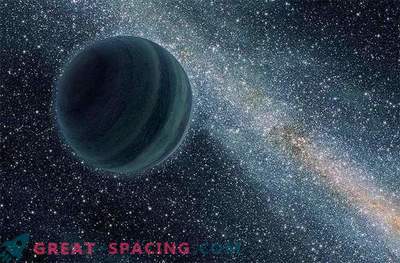
The faint haze around Pluto is in fact its subtle atmosphere.
Until 2006, the Solar System seemed extremely understandable. We had 9 planets, and we understood perfectly well what we were dealing with. But the International Astronomical Union puts the bandwagon and actually sets new rules for defining the concept of the planet.
The situation with the new definition and criteria led to the loss of Pluto, which from the category of planets went into dwarf ones. One of the requirements included the need for the planet to rotate around the sun and not experience gravity from other objects. For many years, scientists have tried to return Pluto back to the planetary family, but they have not achieved results. Although some researchers still continue to argue.
What is wrong with the new definition of the planet? It includes 3 criteria:
- the planet rotates on the orbital path around the star and is not a satellite of another planet.
- the planet must be massive enough to become spherical.
- the orbital path must be cleared of other objects (the planet must gravitationally dominate).
Pluto failed on the third condition. But scientists claim that these criteria are not 100% consistent with any of the planets of the solar system. Many believe that the new definition is misleading not only society, but also the scientific world itself.
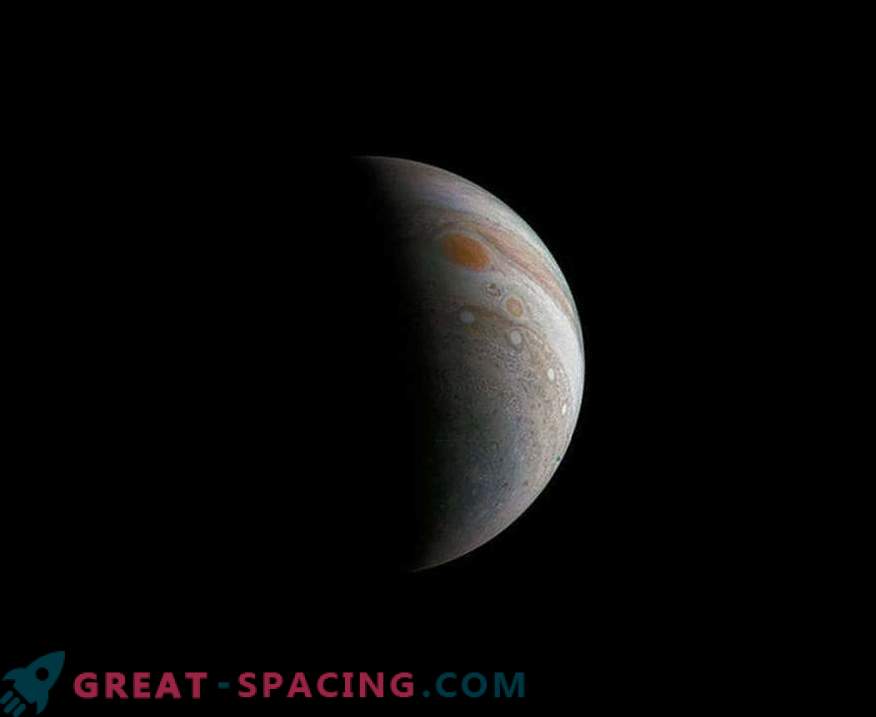
On December 11, 2016, the Yunona apparatus captured this view of a distance of 458,800 km during the period of the third closest span.
For example, not so long ago one scientist suggested changing the name. This is about Jackie Faherty studying brown dwarfs. He says:
“Planet is a bad word because it is now perceived too emotionally. When massive space objects appear, they cause discord among scientists. It is difficult for us to determine their nature and attach the correct label. ”
As an example, he cites brown dwarfs. Faherty believes that this is a kind of intermediate object that is difficult to determine somewhere. Is it a star or a planet? Brown dwarfs are massive than Jupiter, but they do not support the synthesis of hydrogen in the nucleus, and therefore cannot be stars.
If brown dwarfs had a little more mass, then they began to glow due to internal nuclear reactions. However, Faherty believes that they are closer to the planets and should expand or change this definition.
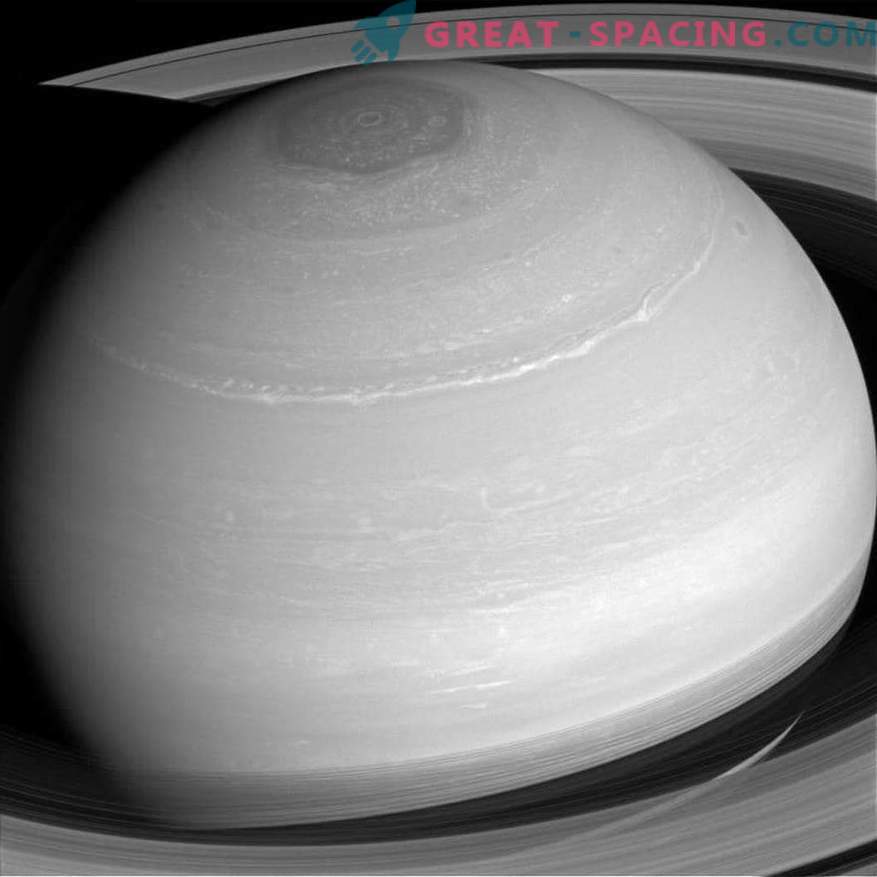
On April 4, 2014, Cassini got an overview of the magnificent cloud cover of Saturn, cut by high-speed winds (1,800 km / h, which is 4 times higher than terrestrial indicators).
Gin Margot also expressed discontent with the definition. He believes that such a definition of a planet takes into account only the situation in the solar system. But there are exoplanets that differ from our worlds. How then to define them? And what about the idea of roundness / sphericity? It is difficult to measure, since other worlds are difficult to observe. Margot believes that everything should be simpler: if an object rotates around a star and clears an orbit, then that will be enough to call it a planet. Alan Stern prefers to use the term “geophysical planet” - this is any space object whose mass is enough to become rounded (hydrostatic equilibrium). By the way, he is considered one of the most active supporters of the idea that Pluto is a planet.
Each year, researchers propose to revise the definition of the planet and make new amendments. This causes a lot of confusion, especially if we study exoplanets. But the IAC is still deaf to persuasion and protests.


